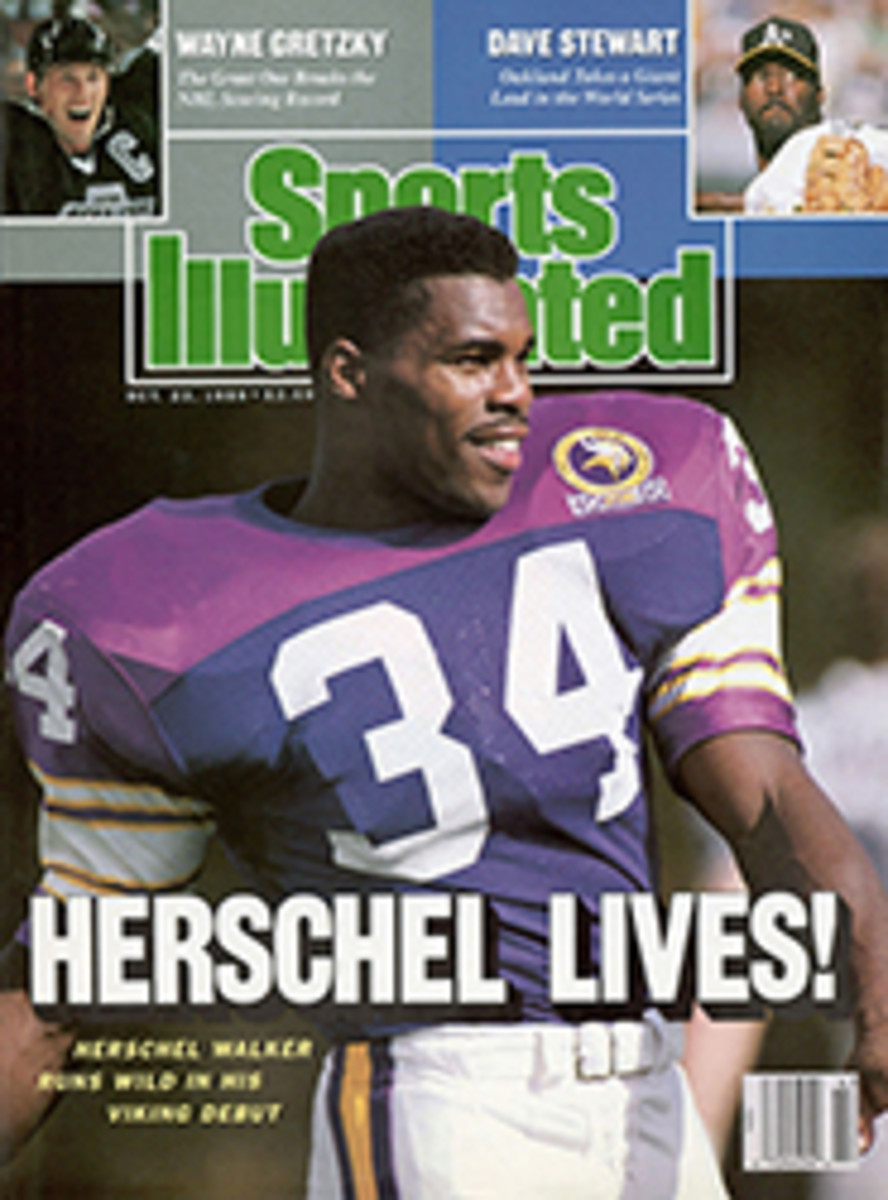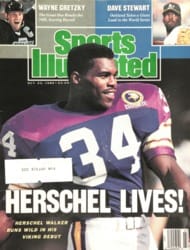
NEW LIGHT ON AN OLD ISSUE: PEARY AND THE NORTH POLE
Few of history's great explorers have been as obsessed with their place in history as Robert E. Peary, who in 1909 declared that he had become the first man to reach the North Pole. In The Noose of Laurels (Atheneum), Wally Herbert, an explorer himself who made it to the Pole in 1969, examines Peary's obsession, which was fueled, says Herbert, by a desperate quest for fame.
The portrait of Peary that emerges is a fascinating one. Herbert not only conducts an investigation into Peary's claim—which is still being disputed 80 years later—but also tells Peary's story with a dramatic flair that is in keeping with a man who strove to stand on top of the world.
Herbert often allows Peary to speak for himself. He examined the diary that Peary kept during the two months of his 1909 trek; the diary was kept private by Peary's family until 1984. Herbert found it to be startlingly incomplete and at times enigmatic. Not least among the diary's puzzles is Peary's "entry" for April 6, the date he says he reached the Pole. His words "The Pole at last!!!" were not written in the diary but on a page of loose-leaf paper, which was inserted in the diary at that date.
At the end of his journey, Peary wrote another confusing entry on the diary's opening page: "No. 1, Roosevelt [the name of his ship] to ——— and return, February 22 to April 27, R.E. Peary, United States Navy." Herbert asks, "Why did he not insert the words North Pole? He states the date of his return to the ship; why then not complete the title page with those two words which together spelled out his very reason for living?" In attempting to verify Peary's claim, Herbert also weighs the physical evidence, including the soundings, the sledge speeds and the astronomical sightings.
Herbert is just as thorough in plumbing Peary's personality. In addition to the diary, Herbert quotes from Peary's letters to and from his wife, Jo; from his published writings; and from the accounts and reminiscences of colleagues, supporters and rival explorers. Through these, Peary is revealed as duplicitous, arrogant, courageous, self-promoting, loving, careless, independent and brilliant. He waxed lyrical in missives to Jo ("Your letter was like an exquisite soft warm breeze of spring in this lonely desert") while fathering a child with an Eskimo woman. He spoke nonchalantly of the loss of seven of his frostbitten toes, "a few toes aren't much to give to achieve the Pole," but made detailed notes in the diary for his mausoleum, which he wanted to include "Bronze figures [of] Eskimo, Dog, Bear, Muskox, Walrus, etc or bronze tablets of flag on Pole and suitable inscription. Bust."
To fuel his desire for renown, Peary went to embarrassing lengths. To raise money for an 1893 expedition to the North Pole, he undertook a barnstorming lecture tour (168 performances in 96 days), which featured a stage set up like an Eskimo camp and a team of five performing sled dogs. He failed to reach the Pole on that try, so to ensure that his financial backers and the public did not view the venture as a failure, he removed meteorites considered sacred by the Eskimos from Cape York and, worse, desecrated Eskimo graves, including those containing the remains of people he knew. This dispassionate entry appears in the diary: "The ship's men brought off the cask containing Qujaukitsoq and his wife and the little girl together with the accessories of his grave." He sold both the meteorites and the bones to the American Museum of Natural History in New York City.
In 1909, at age 53, Peary made his final assault on the Pole, and with this last frantic push and the strange events following it, The Noose of Laurels takes on the pace of a good novel. Dr. Frederick Cook, who had accompanied Peary to the Arctic in 1891-92 and whom Peary had once called "a helpful and an indefatigable worker," posed a surprising challenge to Peary's primacy with a claim that he had reached the Pole in 1908.
In a way, the doubts that surround Peary's assertion that he was the first man to reach the North Pole helped give him just what he wanted—lasting fame. Eighty years later we're still debating whether he deserves it.
PHOTO
UPI/BETTMANN
Peary's own diary raises new doubts about his already shaky claim.
Jay Jennings is a free-lance writer who lives in Chapel Hill, N.C.

